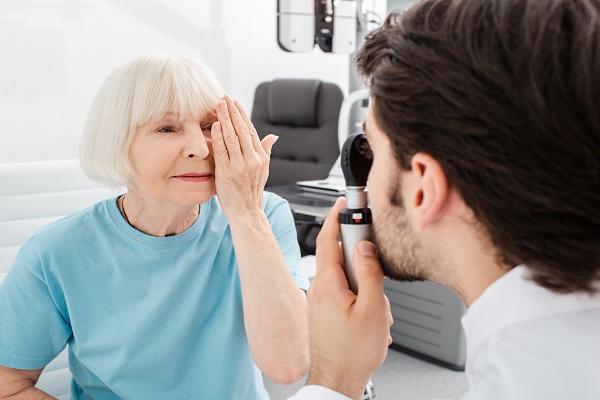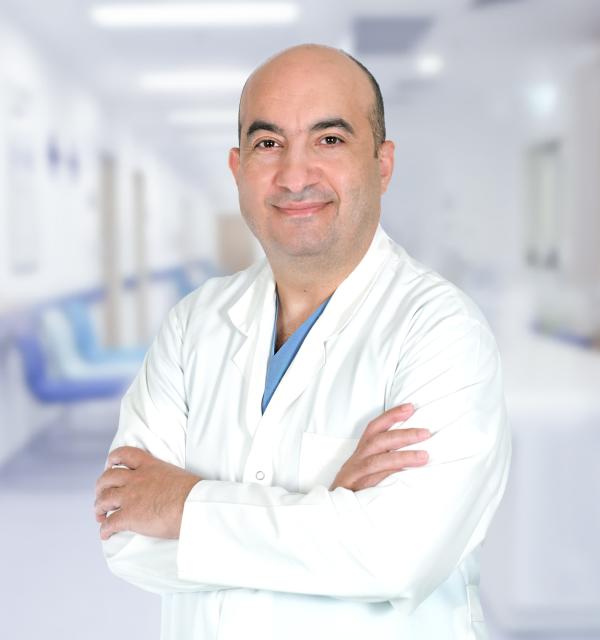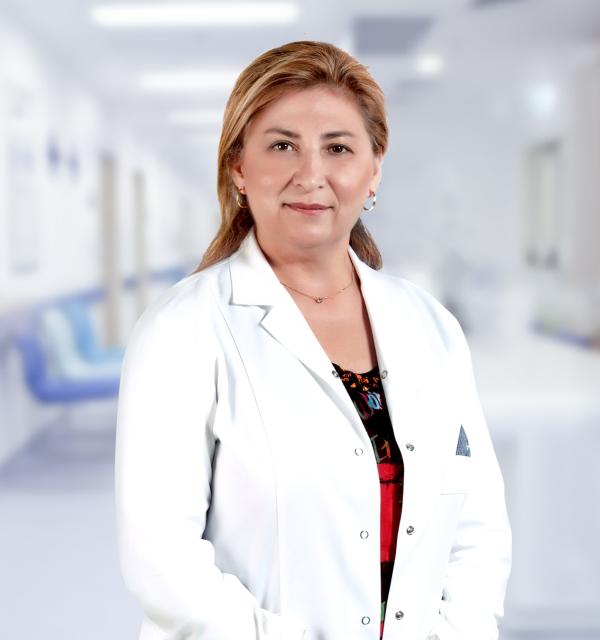Glaucoma, which is thought to affect 70 million people in the world today, is a problem that even patients are not aware of. Yeditepe University Eye Center specialists said that it has been calculated by the World Health Organization that open-angle glaucoma will cause blindness in 5.9 million people and closed-angle glaucoma will cause blindness in 5.3 million people in 2020.
Although it is known as eye pressure among people, glaucoma is not a disease that is seen only with eye pressure. Yeditepe University Hospitals Ophthalmologists, who warned that there should be no panic about glaucoma, which can even cause eye loss if untreated, emphasized that it can be treated with medication when diagnosed in its initial stages, but that regular examination is necessary.
“The Most Important Problem is that Patients Are Unaware of Their Disease”
Ophthalmologists from Yeditepe University Eye Center, who made important statements due to Glaucoma Week, said that glaucoma, commonly known as eye pressure, affects the lives of millions of people. Pointing out that the most important problem for this disease is that patients are not aware of their disease, specialists used the following statements: “Half of the 70 million glaucoma patients are unaware of their disease. Untreated patients are also at risk of blindness. According to the studies conducted by the World Health Organization, it is predicted that in 2022, open-angle glaucoma will cause blindness in 5.9 million people and closed-angle glaucoma will cause blindness in 5.3 million people. Moreover, with the increase in the elderly population, blindness due to glaucoma will also increase. Blindness due to glaucoma is still the second leading cause of blindness in the elderly population.”
What Symptoms Does It Cause?
Glaucoma is defined as a disease in which the optic nerve is damaged in a chronic, progressive type. The most important risk factor for this disease is eye pressure. However, in some cases, optic nerve damage may develop in a similar way without an increase in eye pressure. Experts stated that there are various types of glaucoma and gave the following information: “Symptoms can vary depending on the type. However, in glaucoma, which is the most common type, known as chronic or open-angle type, there are no symptoms for a long time in the beginning. When the visual field becomes very narrow or vision loss develops, in other words, it can only be noticed by the patient in advanced stages. On the other hand, in the type called crisis type or narrow-angle type, symptoms such as sudden vision loss, severe pain, and bleeding may occur. In this type, sometimes small crises can occur before the big crisis. These are manifested by blurring of vision from time to time, seeing colored halos around lights, and pain around the eyes.”
Genetic Factors Increase Glaucoma Risk Rate
Noting that the important risk group in glaucoma is those whose first-degree relatives such as mother, father, and sibling have glaucoma, specialists pointed out that under normal conditions, approximately 2 percent of those aged 40 and above carry the risk of developing glaucoma, and that this risk can increase approximately 7 times in those whose first-degree relatives have glaucoma.
Beware of These Diseases!
Especially diabetes and some blood diseases can cause glaucoma. Glaucoma is about 2 times more common in myopia. Apart from this, cortisone treatment, which is used extensively in some body ailments (such as rheumatoid arthritis and asthma), can also cause increased eye pressure. Other diseases of the eye (uveitis, eye trauma) can also lead to glaucoma. Saying that drops, laser therapy, and surgical methods are used to reduce intraocular pressure in the treatment of glaucoma, specialists stated, “Drops are mostly used as initial treatment, laser trabeculoplasty is applied, although not very often. Surgery is used as a last resort.”
It Can Also Be Seen In Children
Although glaucoma is rarely seen in infants and children, eye-watering, sensitivity to light, and eye enlargement are observed in "Congenital Glaucoma" types observed in this period. Stating that the risk of glaucoma is higher in children born from consanguineous marriages, specialists continued to say, “There are many babies who are born with glaucoma that develops in the womb. The mechanism of glaucoma formation in these patients is different from adults, and the slowly progressing disease in adults can develop very rapidly in infants. For this reason, there may be infants who are operated on even when they are a few days old. The striking feature of these infants is that their eyes and especially their corneas (the transparent tissue at the front of the eye, like a watch glass) are very large. Surgical treatment is the first option in these babies.”
The Purpose of Treatment is to Protect the Visual Field
Glaucoma treatment is collected under 3 main headings: medication, surgery, and laser. Stating that the treatment of open-angle glaucoma is primarily done with eye drops, Yeditepe University Hospitals Ophthalmologists continued their words as follows: “Oral pills are also recommended in some cases. However, such medications cannot be used for a long time because of their side effects. If the patient's eye pressure does not decrease despite medication treatment and the visual field narrows, that is, if the optic nerve damage progresses, the treatment method to be applied is surgery. The third treatment option is the laser method. The laser method is applied in several ways. The first is the external laser method to increase the output and open the pores, and the second is to reduce the fluid production of the eye. All these treatment methods aim to preserve the visual field. Because it is not possible to regenerate the lost nerve cell.”
”







